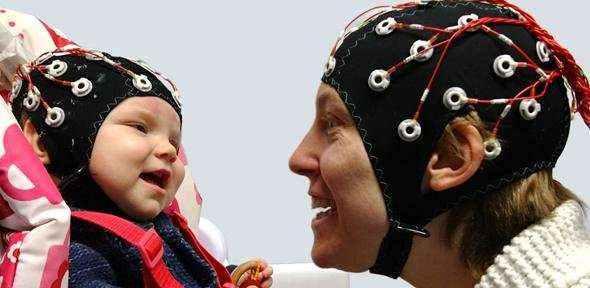Nov 30, 2017
Stretchsense Behind “Disappearable” Zozosuit Smart Garment
Posted by Klaus Baldauf in categories: electronics, wearables
New Zealand-built technology enabling an entirely new type of wearable
AUCKLAND, NOVEMBER 22, 2017 — StretchSense Ltd., New Zealand-based manufacturer of wearable sensing systems, today is proud to see the release of ZozoSuit by its client and investor Start Today Co., Ltd., owner of Japan’s largest online fashion retailer. The first consumer-ready wearable product built with StretchSense’s unique sensor technology, the ZozoSuit was developed in close collaboration between the two companies and provides precise measurement of body shape to solve the problem of fit when buying clothes online.
StretchSense’s mission is to go beyond wearables and towards “disappearables” — truly smart garments with unobtrusive sensors and electronics that feel invisible to the wearer. The ZozoSuit is a realization of that vision, blurring the line between clothing and technology with lightweight sensing elements, flexible cabling and miniaturized electronics all fully integrated into a skin-tight garment.
Continue reading “Stretchsense Behind ‘Disappearable’ Zozosuit Smart Garment” »


















